On The Record with Kristin Rodriguez of USA Water Polo
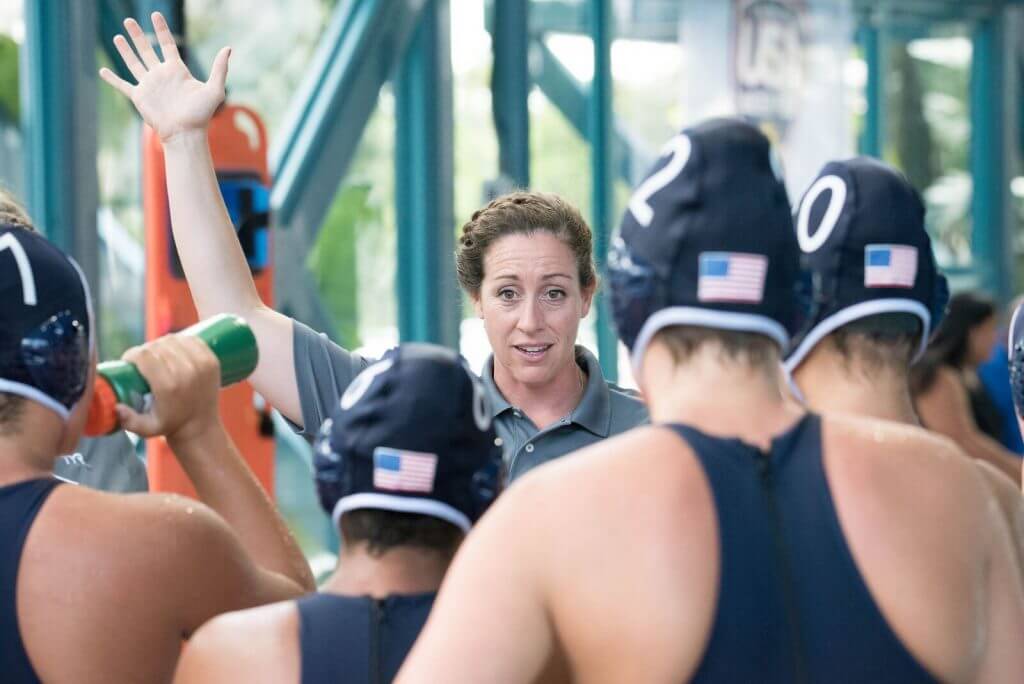
By Michael Randazzo, Swimming World Contributor
At last week’s UANA Junior Pan American Water Polo Championships, the U.S. junior girls’ squad had an unfamiliar experience: a humiliating loss to a bitter rival. After a lopsided 19-9 loss to an older, more experienced Canadian team—which went on to win the UANA Cup title—Swimming World spoke with Kristin Rodriguez, head coach for the U.S. Women’s Youth National Team.
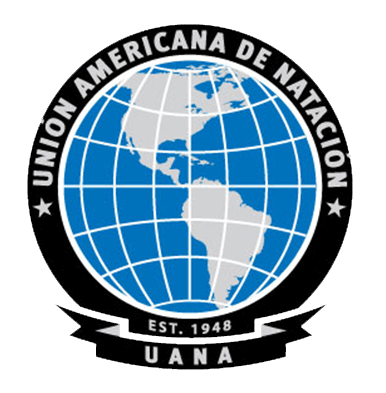
Rodriguez, who has extensive experience with coaching age group players, both with USA Water Polo as well as at Foothill Club Water Polo in Southern California, was blunt about the challenges her group of young players faced in this tournament. She was also clear about maintaining a standard of excellence for an American women’s program that, since capturing gold at the 2012 Olympic Games in London, has been the world’s best.
– Given the success of the U.S. Women’s Senior National Team and the need to develop potential Olympians, how hard is it to balance expectations?
The average age for the U.S. youth girls squad at UANA is 15.4. But that’s not the point. Going into that game and going into the tournament I wanted to be sure that the girls weren’t setting excuses for themselves. We are building on a legacy and have expectations.
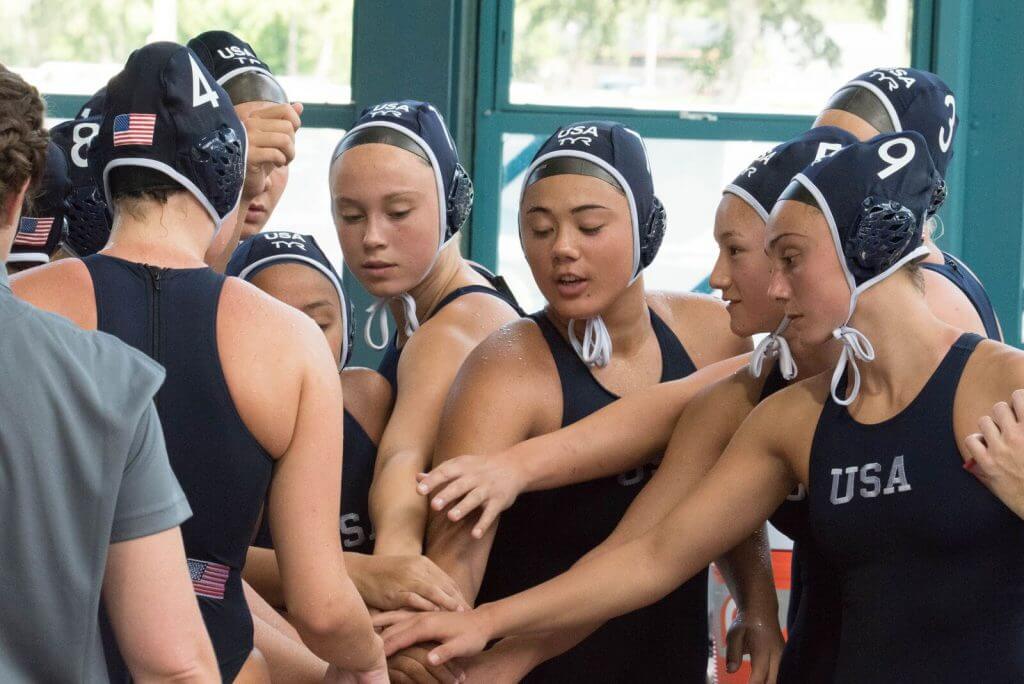
Team USA. Photo Courtesy: Peter Laurence / USA Water Polo
Bringing our top 19 and under team, with Aria Fischer, who has a gold medal [from the 2016 Olympics]; it includes Paige Hauschild [68 goals in her freshman year at USC] and a bunch of girls who have traveled several times [internationally].
For this [tournament]… yes, we’re young, and yes, winning was going to be a challenge [but] … [t]aking a loss makes winning so much more valuable during a career. If we brought our top 19U girls and they win every game by several goals, they would not gain much out of that experience. Having a physically and mentally tough game for these girls is something that is relatively new. They’re coming from a good high school team, a good club team, and to come together in a very short time frame and play against talented [opponents]… Canada is talented, Brazil is talented. Both teams present different styles of play.
Bringing together top talent, forcing them to play together and trust their teammate, playing with high intensity, playing within a system, and performing in front of a crowd where several countries are constantly cheering against you is something I don’t know they have ever experienced.
I don’t feel that we have taken the drive out of winning with the loss to Canada, I think that we have strongly fueled these girls to never want to lose to them again.
– Of course, as a coach, your goal first and foremost is to win.
Absolutely! Coming into this, you announce your roster the day before the tournament starts. You don’t necessarily know what country is bringing whom. We have three athletes that came from last year’s Pan Am [Games], and the group that we have are girls that we see [have] Olympic potential, from the Olympic Development Program (ODP).
I believe that all of the girls came with the intention to win too. The coaching staff was able to meet with every player and get some of their thoughts about the tournament and the games. Naturally they had the most to say about the Brazil and Canada games [both losses]—and all wish we could play them again.
Many tournaments on US soil have ways that allow you to play an opponent early and then potentially see them again in a semi-final game. This tournament was a huge eye opener in that you do not always get second chances. We need to be better prepared and perform from the start.
We’re not highlighting the fact that we’re young in terms of average age, and we don’t want to have that lingering as an excuse. We picked some very talented athletes, and I think that they now know how to dig a little deeper to be prideful and represent the letters across their chests.
– Given the size and scope of ODP, from year-to-year athletes and circumstances can change drastically for U.S. age group teams.
From last year’s Pan Am team, most of our roster have gone to a higher level, and looking at the rosters for Canada and Brazil—there are several familiar faces, so those girls have been playing together for a while. I don’t know what their practice schedule is like, but they had at least one international tournament together from last year, and that makes a difference.

What U.S. polo fans NEVER want to see on our soil. Photo Courtesy: Don Utas
We felt that last years team had a great experience and several of those athletes tried out for the next level and are doing very well. This year, it was time for others to gain an experience so our roster is much different.
For our girls, we had training for four days but we also had it with the Cadet team, so it was a mixed group. We’re okay with that—we’re developing those girls as well as these girls—so we had a little bit of time together. From what I understand Canada spent a whole week training together in Canada and Brazil came out a week early, so their team dynamic is likely more developed than ours.
– This competition is about pride but the reality is that the rivalry between the American and Canadian women is fierce.
We felt that our top 19U team would have done very well. We do not get many chances to play international water polo, so we have to evaluate the pros and cons of each roster. There has always been a strong rivalry between us and Canada; this is my sixth UANA games. I have seen and felt it every time.
We did not bring a roster that we thought would lose to Canada—we brought one that would be challenged by this tournament, have potential to be great players for the USA, and have the ability to put up a fight in all games. Canada brought a very talented team and we came out flat and couldn’t recover within that game.
Looking at the big picture; [first is] qualifying, which we did; placement is important and you have to have pride in representing your country. That’s a big lesson to learn. Seeing Brazil and Canada celebrate after their wins against us taught each of us a lot about pride and coming together as a team to fight for each other and for our country.
– What makes this discussion compelling is the choice to include 12-year-old Emily Ausmus on your roster for the UANA Cup. How did you make this selection—especially considering that a 15, 16 or 17-year-old was left off the squad in favor of Emily?
When you go into training and you look in the water and there’s no standout, in terms of a weak player; at no point did I think there was a 12-year-old in the pool. Even in competition; she’s very composed in her play.
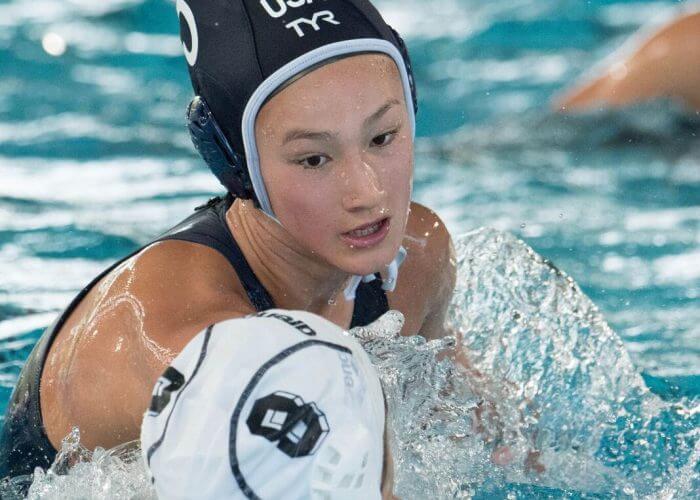
Emily Ausmus. Photo Courtesy: Peter Laurence / USA Water Polo
Her personality, her character—she’s mature enough to handle this tournament and level of play. We have our regional [ODP camps], we have NTSCs [National Training and Selection Camps] each to help our coaching staffs pick the top athletes. In all of those she stood out as being one of the top players with the 15 and 16-year-old girls. If she’s able to do that then she deserves a spot—I do not feel that it is about taking one away from someone else, she’s earned that opportunity.
– Next week many of these players will be back in California playing for their club teams in the Junior Olympics. How does this intersect with your focus on developing their skills?
I don’t directly talk to all of their coaches—I don’t directly know all of them so it is hard to see all of them play all of the time. Moving forward for these athletes, I always tell the girls that we are a resource, and are always welcome to contact me and our coaching staff.
If you’re going to be an Olympian you have to have the drive to work on quads upon quads, hopefully—you have to have a huge mental drive. We had a camp at the beginning of June to get ready for this event, from the time that camp concluded to the time we met at the airport training was placed on the girls.
Based on their experience here and our conversations about what we feel they need to work on, it is up to the athlete to take that home, process, and get to the work using the resources they have in their hometown.
We would limit ourselves and our talent pool if we forced all of our ODP athletes into one club. They’ve done well to get this far and we have several club/high school coaches that do a phenomenal job building this talent —especially if they’re outside of California. Athletes that are out of state do not have the advantage that Californians do. There is less water polo, which usually means less training and fewer games.
There’s never been a tournament in Tampa. They have this beautiful facility and USAWP heard about this pool and donated goals, balls, everything to make this happen.
One of our athletes here, Paola Dominguez-Castro—from Miami—does not [play] as much water polo as the rest of her teammates. Miami has water polo, coaches, other teams to play, high school leagues, which is great. But in order for Paola to play in a large tournament she has to leave her state.
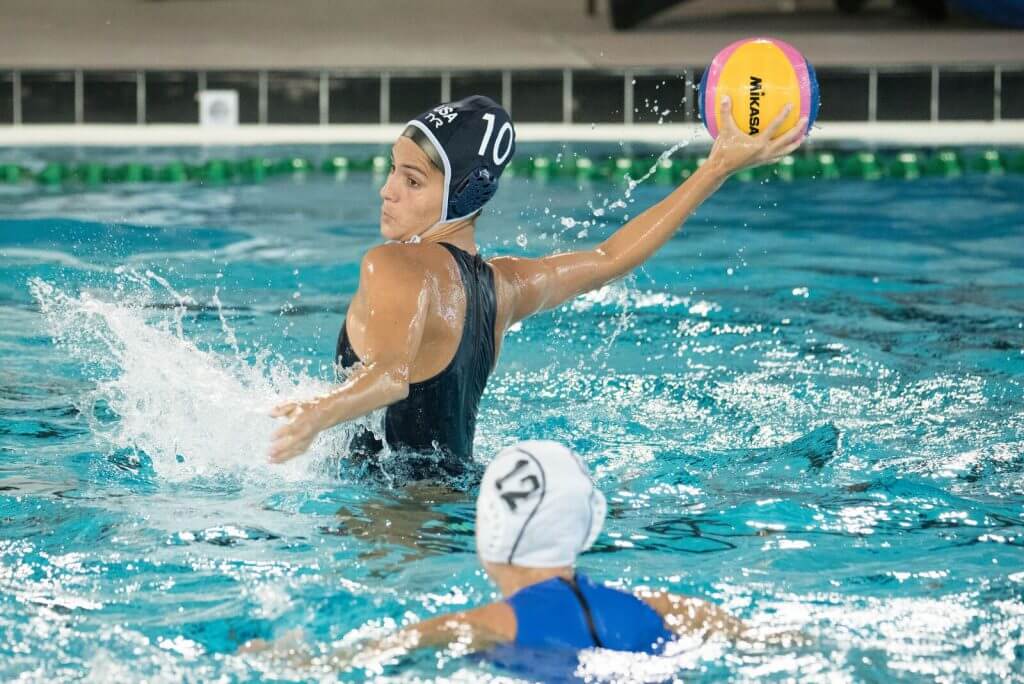
Paola Dominguez-Castro. Photo Courtesy: Peter Laurence / USA Water Polo
– Which brings us to the state of the sport in Florida and Ms. Dominguez-Castro, a local girl made good (so far)! How does she stay in the mix for a spot on the senior national team?
It’s about trying out. We did integrate the academy team because, in the pipeline you’re at the tournament and then generally we won’t see you until tryouts for our next cycle which is 2 to 4 months after the tournament. But we understood these gaps so we have integrated an Academy training once a month for a day or two.
It’s not a lot but Paola has been flown out for those, that way she’s practicing with elite athletes. It’s a mixture of our top youth girls with a few Cadet-aged girls, so she’s getting that training with the youth staff and me.
There is also Kayla Yelensky from Connecticut who made last year’s roster and who we took on the Academy roster as well. She was also able to be flown out for trainings. It’s us trying to give them opportunities to train with other elite athletes.
Another resource is film. We filmed every game while here, we’re tagging it, we’re uploading it so [athletes] have access to it. It allows them to see and process the game in a different way. If Paola is planning on staying with the national team and in our system, this is how we play. By watching film, she can have an advantage in that she can process the game and ask questions; this is something that we are using more and more.
Aside from the games from this tournament there is plenty of film on YouTube that athletes can watch and break down too.
Resources out of the water can be a huge benefit for Paola. She might be one of the top players for her high school, she’s very good at faking an entry pass, she is a strong shooter and her defensive game has improved greatly. Plus, she has a flair to her game and that’s a huge benefit. Her style helped us out tremendously last year.
The pride that she brings to the table for us and her will to win is impressive. We got stuck in a press last year and some of her teammates were struggling she [rallied us]; she has a fire inside that is hard to stop. That was a huge momentum changer and led us to a gold medal last year.
– Because polo is currently a regional sport dominated by Californian, how does anyone outside of the West Coast have a chance at progressing along the ODP pipeline?
Our Hawaiian center, Christina Hicks, is playing up in Northern California this summer and has been there since May. There are several athletes that come to California for the summer to play because there’s so many practices going on, they’re not in school and it’s available to them. Right now, that is a solution, but we don’t want it to be long-term.
When I pick an athlete, I want to follow them and make sure that they’re going on the right path. Kayla had a great showing in Peru and this speaks very highly of her. So far what she has done has been enough to get her noticed. Now moving into the youth age group, she has to improve her game even more, something she is very capable of doing. She still has so much potential. She is not here, we went with two inexperienced center defenders (meaning inexperienced in international water polo), to build that position.
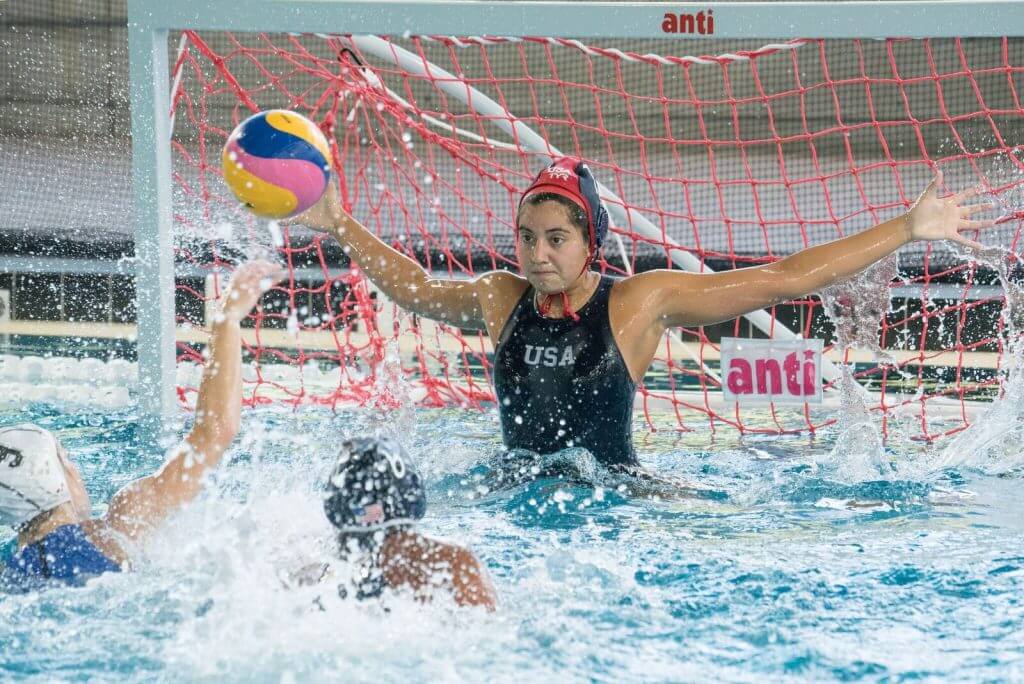
Itzahiana Baca. Photo Courtesy: Peter Laurence / USA Water Polo
– So, what’s an Eastern player to do to stay in the mix for the National Team?
We’d love to provide more resources and figure out how to expand [our programs] and I think this is a big piece of it. By USAWP placing this tournament in Tampa and trying to build the sport here there is a new location for East Coast athletes. If I am from the Northeast area and I can fly down to Florida instead of all the way to California for a tournament or to train that is much more feasible than Southern California.
But to place out of state athletes on one individual club team in California, that’s not necessarily going to improve those athletes—and it could take away from developing other athletes that are native to that area.
The nice thing about coaching Cadets—and I coach ‘03s [born in 2003], so I’m looking at 14 and 15-year-olds—is that I pride myself and my coaches on finding the potential athletes that might not get the pool time, athletes that are still physically growing and learning how to play the game differently due to how they are growing.
When looking at an athlete from out of state we consider that if we take them to NTSC and they make it to our June camp, could they improve quickly in a short period of time? We are in the water for 6-8 hours per day during those trainings, for some it might be equivalent to months of training due to limited resources where they are from.
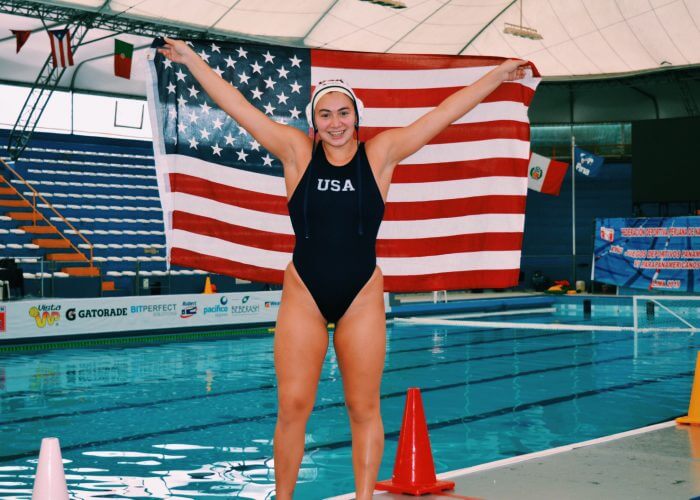
Kayla Yelensky. Photo Courtesy: Alex Yelensky
Coming back to Kayla, an athlete that does not play competitive water polo 4-5 days a week with competitive tournaments on weekends. But an athlete that shows up to academy training and made last year’s Pan Am games because she works hard and has grown exponentially due to increasing the amount of high level water polo she has been exposed to.
Kayla is a hard worker and she’s very coachable—which is huge on my chart. That’s something that you have to have if you’re coming in from another state. Paola’s very receptive to what I ask her to do, and she already has this style that’s distinct—a new spice to our game—due to these characteristics we’re going to take them. We’re going to invest time into them.
Ideally, it pans out.



